Want to contribute to this article?
A Target Product Profile (TPP) provides a statement of the overall intent of the development program. But with all the other quality and compliance documentation you have to manage in medical devices, you are probably wondering - do I really need a TPP?
We think you do. In this article, we explain the benefits of using a TPP.
Please note - in this article we focus specifically on TPP for medical device companies, but the tool could be applied in any manufacturing environment.

1) Align employees
A TPP is a strategic tool which can be used after a feasibility assessment and during the Product Development phase. By starting with a TPP, you can keep all of your employees focused on the end goal and avoid any misinterpretations.
We recommend working collaboratively with others in your organisation to develop your TPP e.g. research and development, clinical, marketing, operations and leadership.
Using Document Manager for your TPP means you can keep the latest version of the document, control versions, and ensure approval has been authorised before any changes are made.
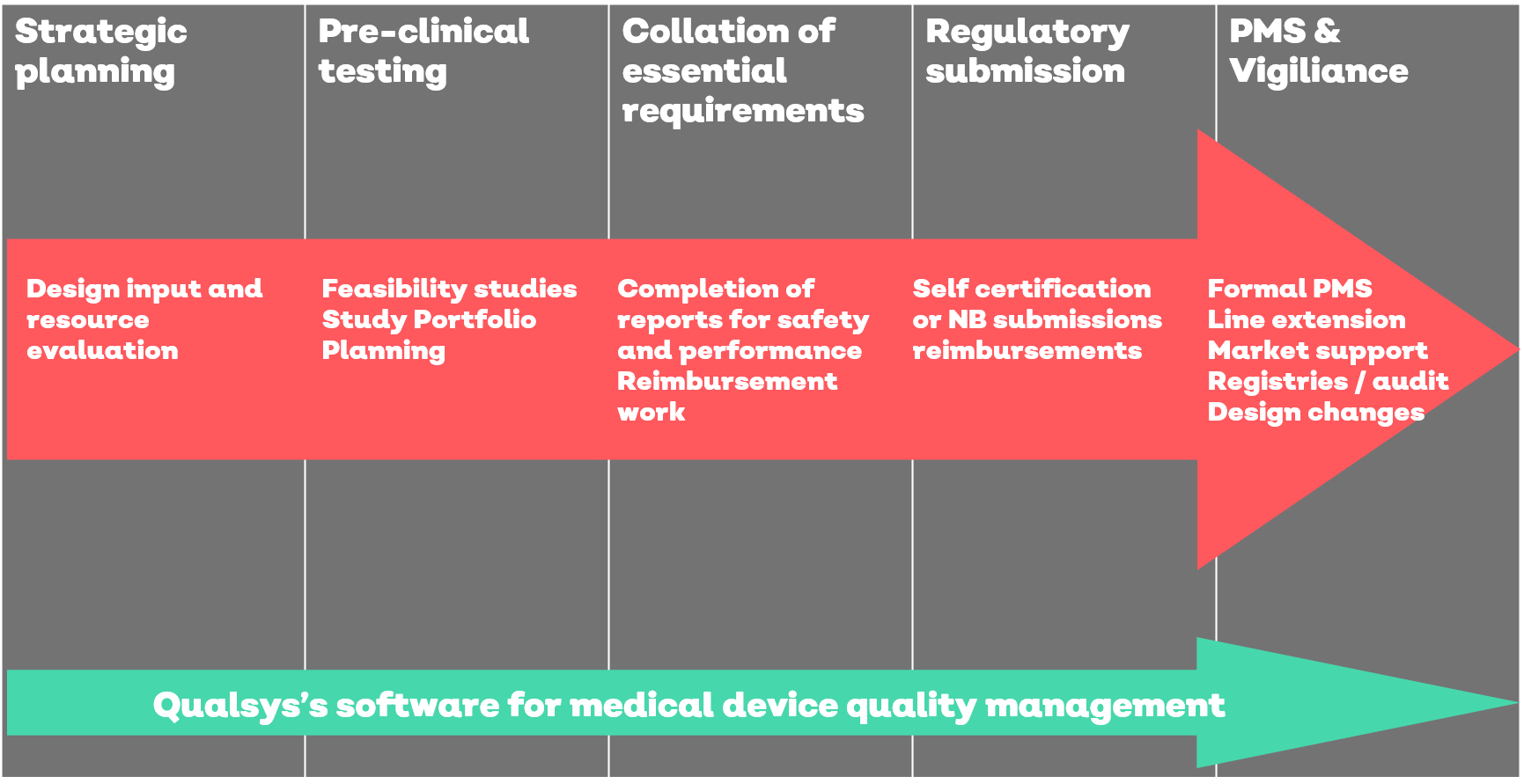
2) Regulator clear vision
A strong regulatory strategy is key to maximising the commercial success of your product.
While a TPP is not a regulatory requirement in the medical device industry, it is a useful document to demonstrate you are focused on developing products for a specific purpose.
The document summarises the value proposition of the intended commercial product and assists in the development of a regulatory strategy.
Imagine the ideal labelling claims of the final anticipated product.
3) Identify unmet needs and value to stakeholders
A TPP provides you with an opportunity to compare competitors / existing standards of care. Throughout this process, most medical device companies find they get ideas and inspiration by simply documenting the current unmet needs and value proposition.
Example TPP: Outline the current standard of care and how our product will compare
| Indications | Safety and efficacy claims | Economic | Differentiating features | Exclusivity |
| Key indications - unmet patient needs / consumer research |
Claims Data support Reward / risk
|
Pricing Size of market Competitor pricing Reimbursement Economic claims Data support COGS
|
Speed Ease of use Support Strength Comparison |
Product availability date Regulatory classification Trademark / branding IP |
Need a tool to manage your medical device quality management system?
Find out how medical device companies use Qualsys's software solution by downloading the datasheet.




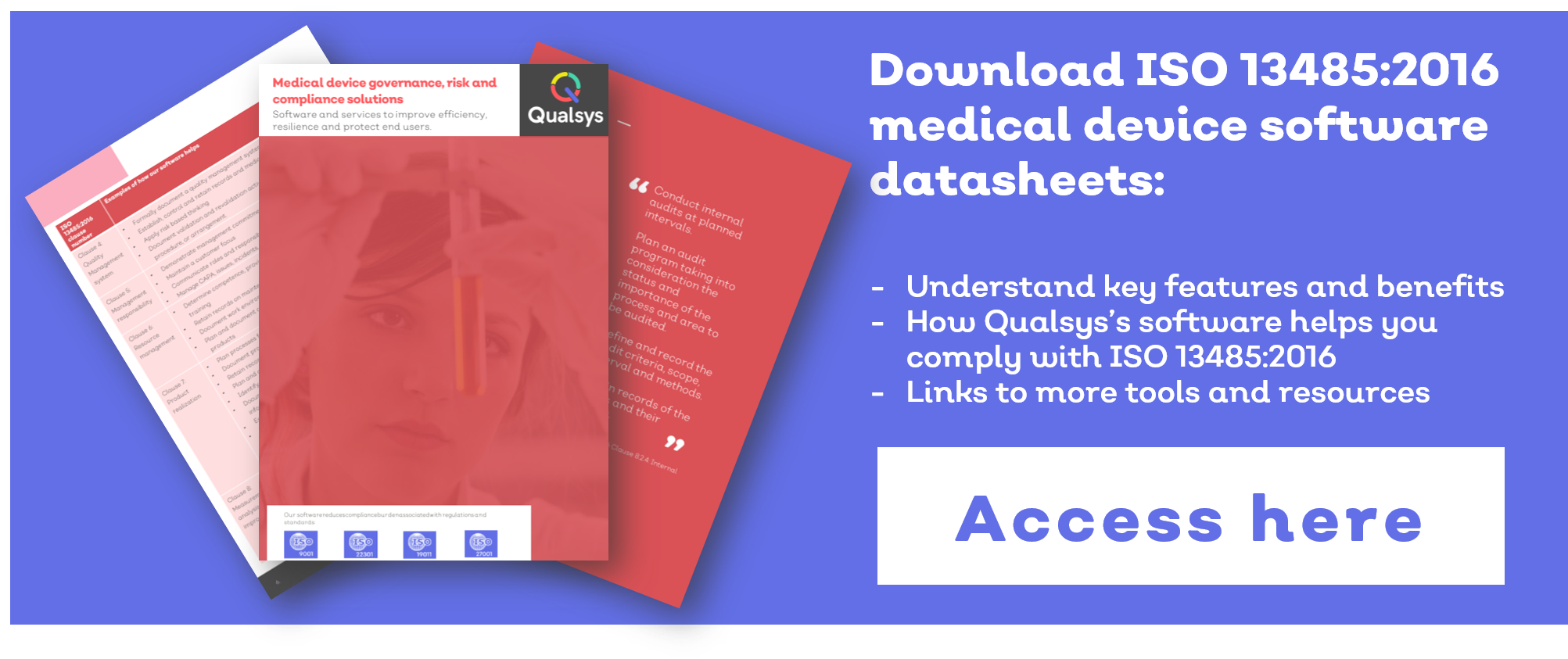
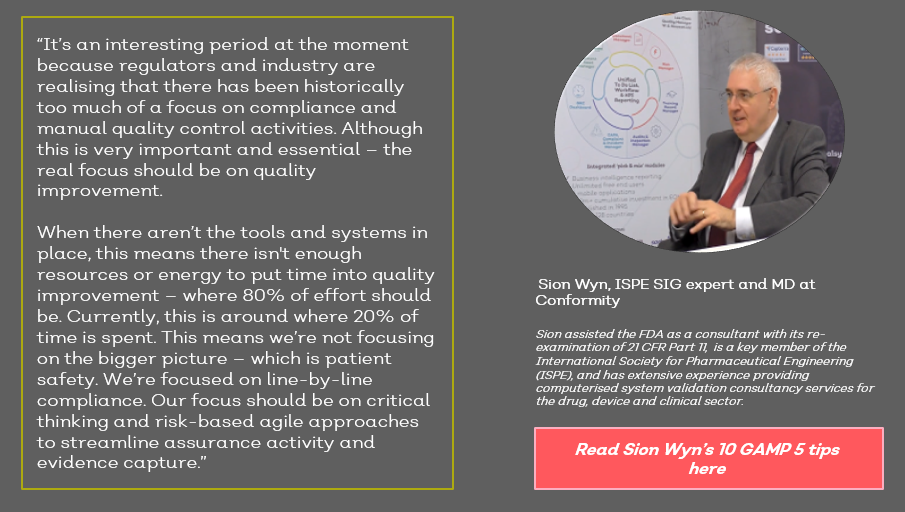
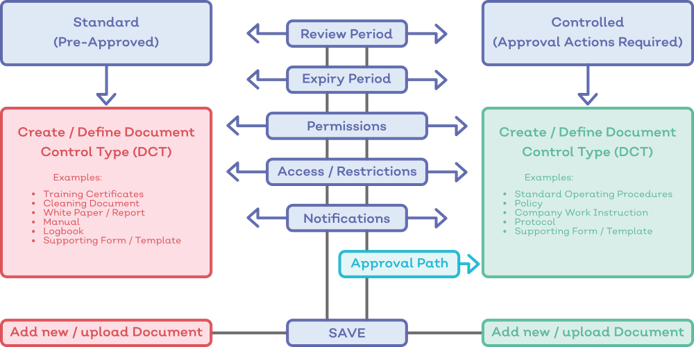

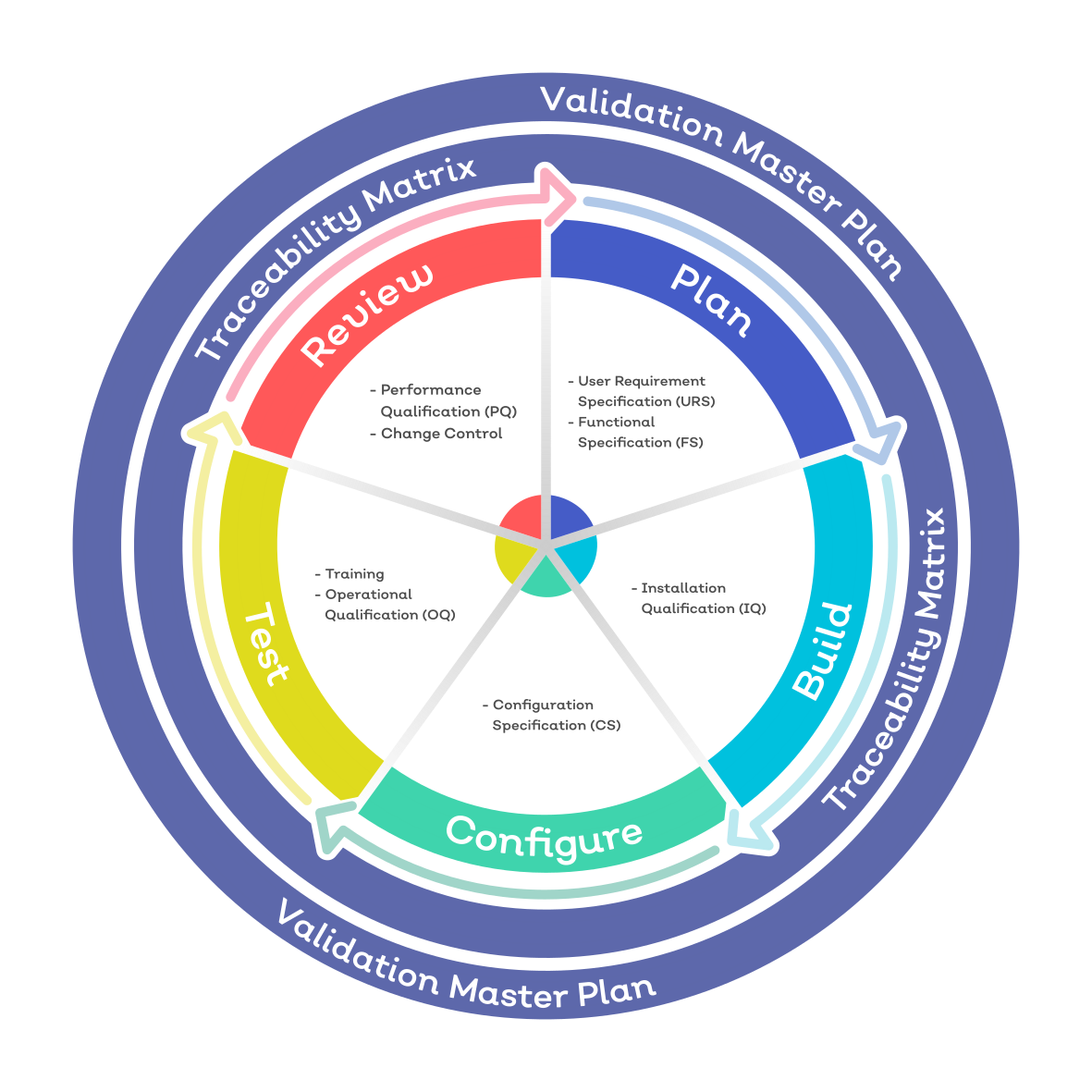
Share your thoughts on this article